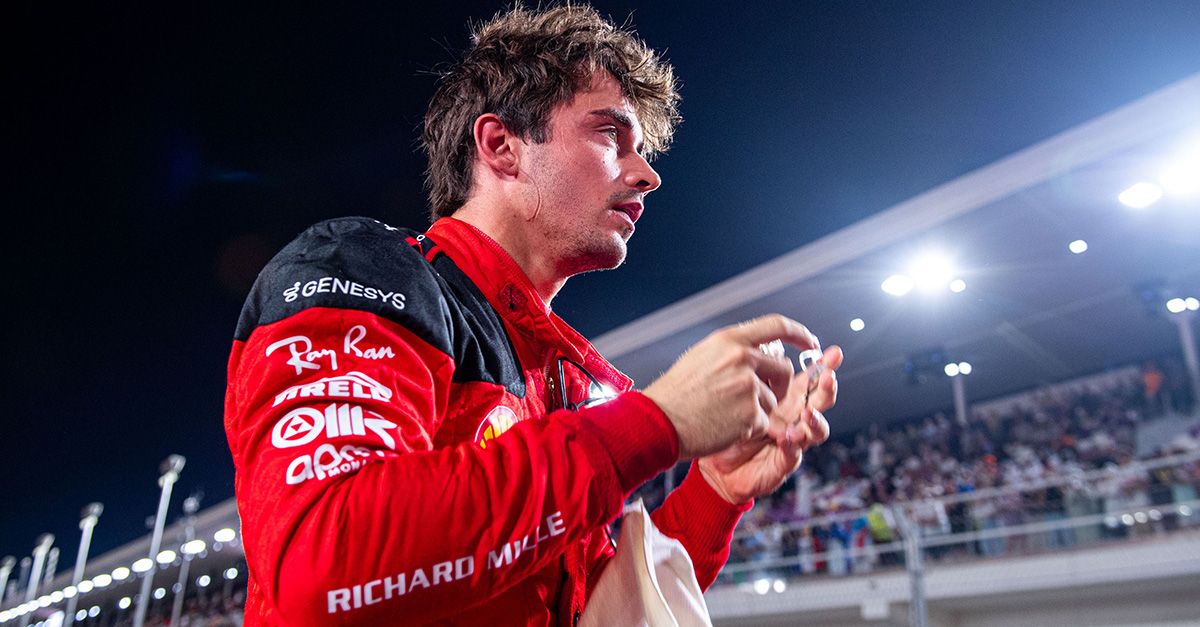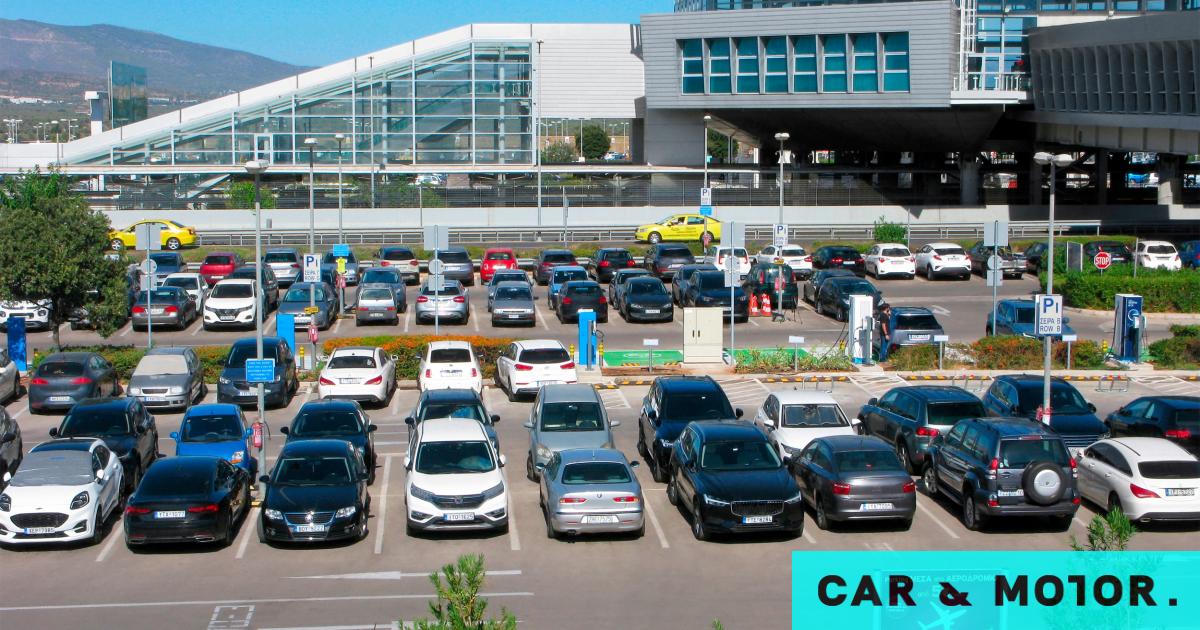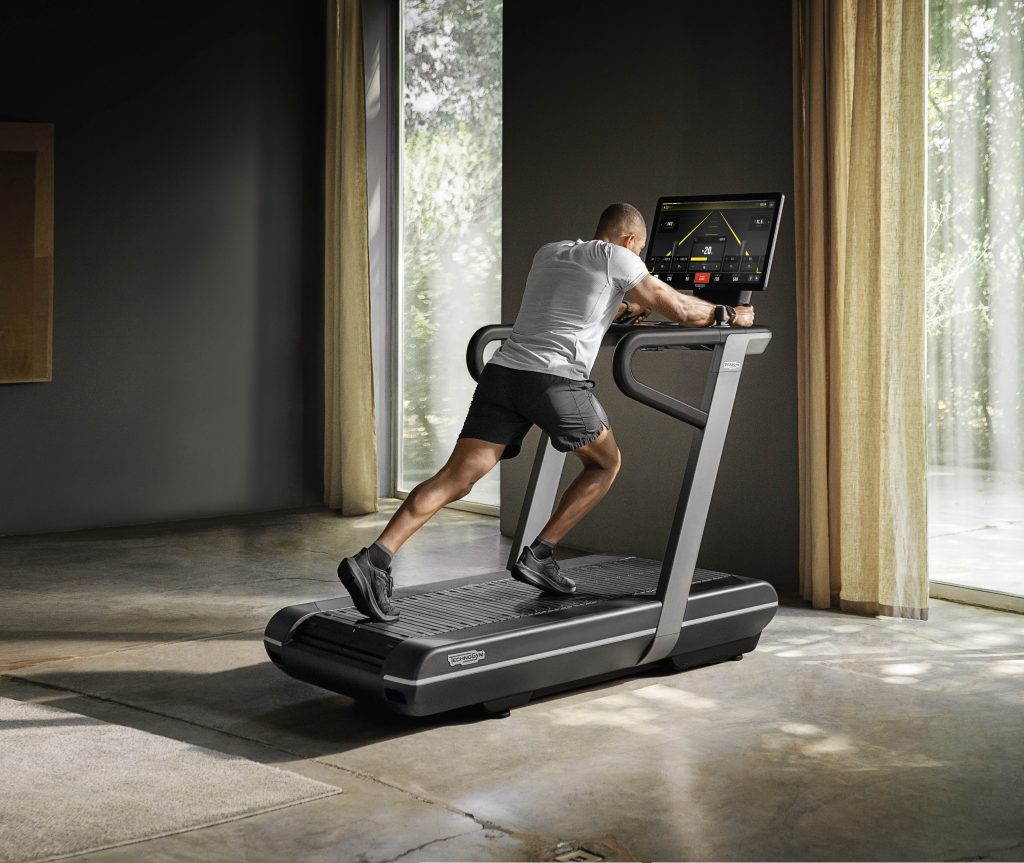
Never in recent decades have Formula 1 drivers faced such extreme conditions in the cockpit as they did at yesterday’s Qatar Grand Prix – with vomiting through their helmets, heatstroke, and even temporary power outages and fainting spells in the parking lot. How the conditions made the Losail race so different from any other race in recent years.
The Losail Circuit has proven to be as inhospitable to Formula 1 drivers as the vast desert surrounding it. Over the course of 57 laps, the drivers endured the agony of the race as a result of multiple factors: the heat and high humidity, the fact that this track is rather fast, and above all the three mandatory pit stops.
The FIA, in cooperation with Pirelli, reached a decision before the race to impose a maximum of 18 laps on each set of tires for teams. This means that drivers will have to stop at least three times in the 57-lap race. This in turn means that with so few laps, drivers can do up to 57 laps at the limit – a pace almost identical to one lap in qualifying.
With the exception of Hairpin 6, many of Lusail’s fast turns are mostly interconnected. With this year’s ground-effect cars, which produce unimaginable levels of lift and therefore grip in fast corners – grip that has been enhanced even more extravagantly with ever-new tires – it’s easy to understand the unprecedented and constant stresses to which drivers’ bodies are subjected.
Max Verstappen, exhausted, at the pit stop at the 2023 Qatar Grand Prix
AP Photo/Darko Bandic
“This was the toughest match of our entire career Formula 1 “I don’t believe anyone who says it wasn’t like that.”Ferrari’s Charles Leclerc said at the end, with drivers fainting, vomiting or lying on the ground. Even Max Verstappen and Oscar Piastri lay on the waiting room floor before the podium.
“The only factor was the heat, which was absolutely insane. The second was the very fast corners, and the third – and most importantly – the three pit stops. I think we all underestimated the pressure that we would have from pushing the limits all the time in those fast corners.
It’s hard to say in words how difficult it is. The hydration fluid we drink at these temperatures is like tea, at 60°C, so you can’t squeeze and hydrate as much. With these powers g “You can’t see very well, and the race was twice as difficult as the race in Singapore.”Monaco added.
George Russell after the race at Losail
Mercedes-Benz AG/SAM Bloxham
Mercedes driver George Russell put his hands up at the end of the race on the straight line to blow the air out of his sleeves, and described the race as “absolutely brutal.” He continued: “It was the most challenging race I’ve ever experienced. They almost fainted during it. I’ve never experienced anything like that. I was asking the mechanic to encourage me not to think about it.
I do a lot of training in the heat and in the sauna, but there are times when you reach your limit and have to get out of the sauna. This is how I started to feel after the twentieth round. I had my helmet visor open the entire race, and the air was hot, but it was better than no air. It was so brutal. “I felt sick in the car. I didn’t feel it, but I felt it.”
On the other hand, Esteban Ocon fell ill in the cockpit in the Alps before the race had passed a third of the way: “I felt sick from lap 15, and I vomited in the cockpit for two laps. Then I thought: ‘Damn, this is going to be a big fight.’ I tried to calm down, I tried to make the mental aspect the strongest in the sport, so I was able to control it and finish the race.
But honestly, I didn’t expect it to be this difficult. Usually I can do two races in a row, even in Singapore. In terms of fitness, cardio and muscle, I’m always fine. But here the temperature in the cockpit was 80 degrees Celsius. “It was the hardest points I’ve ever won, and I’m glad it’s over.”said the Frenchman.
“You’d have to kill me to quit,” Ocon said, but that was not the case for Logan Sargeant. The American resigned from the Williams team due to fatigue, as he had already shown symptoms of the virus the previous week.
Both Sargent and his counterpart Alex Albon visited the track’s medical center at the end of the race after showing symptoms of heatstroke. Valtteri Bottas described the race as “torture”, while Lance Stroll said he lost consciousness momentarily in the Aston Martin’s cockpit. With everything that might entail.
Oscar Piastri (left) and McLaren’s Lando Norris at Losail Park Firm
McLaren Media Centre
Russell, the head of the GPDA, of course spoke of the unimaginable risk involved in doing so. “It was way outside the bounds of what is acceptable to drive. You don’t want to pass out when you hit 320.” how many hours On the central rectum. This is what I felt many times. “If it had been a little hotter, I would have given up, because my body would have given up.”
In this regard, it is perhaps a miracle that we did not have a serious accident yesterday. A driver who will never brake for the first turn. Verstappen, although at the top he could have moved a little slower thanks to the RB19’s superiority, admitted that yesterday’s race was “Within permissible limits.”.
Since the majority of drivers agreed that yesterday’s dangerous phenomenon should be discussed at length, they are also likely to be relieved that next year’s race itself will take place two and a half months later, on December 1, 2024 – when temperatures will theoretically be cooler. year . .
Competitive impacts
The resulting heat, humidity and tire pressures – combined with fast corners and wild new pavement – turned the tables on yesterday’s race at Losail. The decision to limit 18 laps on each set of tires automatically meant that this would not be a race where everyone would perform consecutive tire maintenance laps at each stint (the distance between pit stops) as part of a pre-determined strategy.
Yesterday there was no strategy: it was a sprint to the hilt from green lights to the checkered flag, reminiscent of the races the sport has seen for many years. And Leclerc’s discovery that everyone underestimated the tensions had to do with the fact that the track on Sunday was filled with a greater amount of rubber, so the tires were able to handle much more pressure than they had in the Sprint on Saturday. The soft rubber only lasted 5 laps, and the middle had to be careful.
Red Bull Racing’s Sergio Perez makes a pit stop at the 2023 Qatar Grand Prix
Red Bull Content Collection
This quickly became apparent with Norris overtaking Ocon for fifth in the early pit stops, hence the speed with which he was closing in on Leclerc. All this starting from 10th in the middle frame. The Briton found that the McLaren MCL60’s pace remained consistently excellent, and that tire wear was not as catastrophic as he or anyone else had expected.
Therefore, anyone who used the tires for a smaller number of laps before wearing them at the three pit stops also had the opportunity to take advantage of overtaking to overtake. Naturally, there was no spare option for anyone, with pit stops mandatory for a maximum of 18 laps.
Verstappen had the most flexibility at the start as the medium set of tires he was wearing on the grid had only done one lap previously. Piastri’s group itself – moved to second place due to the two Mercedes colliding at Turn 1 – already had five laps to go, so was supposed to pit on lap 13 at the latest.
Red Bull driver Max Verstappen from the Netherlands celebrates after winning the Formula 1 Qatar Grand Prix at Losail International Circuit, in Losail, Qatar, Sunday, October 8, 2023. (AP Photo/Darko Bandic)
AP Photo/Darko Bandic
This gave Verstappen another advantage to extend the gap to the Australian McLaren with an extra cut he did not need to make. The Dutchman, with his medium tire in the thermal window, was able to go quicker than Piastri when the latter returned on fresh rubber from his first stop and crashed into traffic.
Thus, after his first stop, Max returned to the track with the gap now increased to 8 inches over Piastri. “That first mission is what made my race,” he admitted. Since then, the Dutchman has had the luxury of controlling his speed, to relieve pressure not only on his rubber, but mainly on his body in these extreme conditions. He had absolutely no need to push himself to the limit.
At the end of the Qatar Grand Prix, Red Bull Racing celebrates Max Verstappen’s 14th win in 17 Formula 1 races this year.
Red Bull Content Collection
At the same time, having discovered how his tires unexpectedly hold up in extreme weather conditions, Norris passed Leclerc with DRS assistance midway through his second stint, while quickly passing Alonso on his second stop. The extra lap on the track was enough as the Spaniard tried to warm up his new hard rubber on the pit exit lap.
Norris’ McLaren’s race pace and tire management were of such good standards that the Briton almost managed to pass Piastri at the third stop. The 25-year-old then told McLaren he was faster than Piastri and asked to be allowed to attack, but the team’s response was no. The justification is that they wanted Russell to include them.
Lewis Hamilton in the sand trap after colliding with George Russell at Turn 1
AP Photo/Darko Bandic
Russell had to stop four times, the first on the opening lap to replace the front wing that broke in the collision with Hamilton. Lewis was perhaps struck by a desire to make the most of the risks of starting on the soft rubber: to take the lead at the start and stay there as long as possible until his first stop on lap eight.
After the crash, Russell fell back but made the most of his ability to constantly push to the limit thanks to the three mandatory pit stops. He worked his way up to second before having to make his fourth and final pit stop, then risked a soft tire to try and chase down the McLaren team, after returning to the track in fourth.
Norris’s gap in front of him was 12 inches, but Mercedes’ risk did not pay off: the soft tire was no faster than McLaren’s hard tire at the time. It soon started to become much slower. Thus the battle for the podium ended, in a race that did not remind anything of the major races as we have known them in recent years.

“Certified social media geek. Lifelong coffee aficionado. Passionate food buff.”





More Stories
“Our plans for the new season were not in line with President Alafuso and we decided not to continue.”
Christos Kontis takes charge of Panathinaikos
Panathinaikos: Magnusson returns after 8 months! – Football – Stokesman Premier League – Panathinaikos